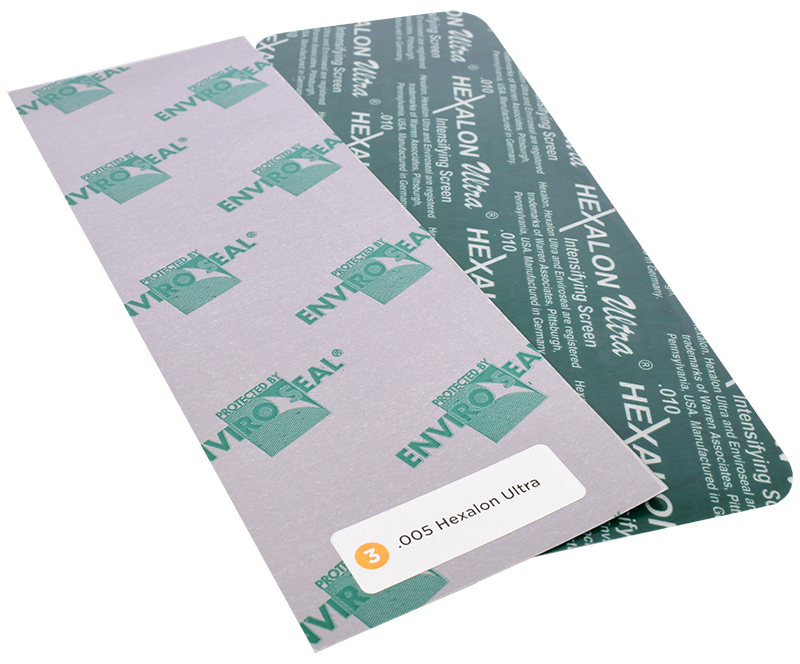Where to Buy K2 Paper for Sale: The Top Cannabis-Friendly Resources
The Legal Effects and Governing Difficulties Surrounding the Circulation of K2 Paper Sheets Containing Synthetic Cannabinoids
The distribution of K2 paper sheets infused with artificial cannabinoids increases complex lawful ramifications and regulatory obstacles that warrant cautious evaluation. The fast evolution of these materials, combined with inconsistent state laws, complicates enforcement efforts and presents risks to public safety and security and customer legal rights. As police faces determining items marketed under diverse names, the demand for a cohesive regulatory structure ends up being increasingly urgent. What strategies might be carried out to browse these difficulties successfully, and exactly how could future lawful trends reshape the landscape of synthetic cannabinoid distribution?

Overview of Artificial Cannabinoids
Artificial cannabinoids, commonly described as K2 or Flavor, represent a course of manufactured chemicals developed to imitate the effects of tetrahydrocannabinol (THC), the energetic part of cannabis. These materials are typically splashed onto plant product and marketed as a lawful option to marijuana. The allure of artificial cannabinoids lies in their powerful copyright impacts, which can result in a variety of experiences, from ecstasy to serious stress and anxiety.
Unlike natural marijuana, synthetic cannabinoids are synthesized in labs and can vary substantially in their chemical composition. This variability causes uncertain impacts and poses substantial health and wellness threats, including increased heart price, hallucinations, and in some cases, life-threatening responses. Additionally, the rapid development of artificial cannabinoid formulas has actually made regulative oversight tough, as producers often alter chemical frameworks to prevent existing legislations.
Because of their potential for abuse and dangerous consequences, synthetic cannabinoids have actually become a public health and wellness problem. Awareness of their dangers is critical for both consumers and health care experts, as these substances may not be quickly recognizable and can lead to major negative results that vary from traditional cannabis usage.
Current Legal Framework
The legal framework surrounding K2 paper sheets and other artificial cannabinoids is complicated and consistently evolving. Originally, these materials were largely unregulated, allowing producers to produce different artificial cannabinoid formulas that avoided typical medication regulations. As understanding of the potential dangers linked with these items grew, regulatory bodies began to take activity.
In 2011, the U.S. Medicine Enforcement Management (DEA) quickly categorized certain artificial cannabinoids as Arrange I substances under the Controlled Substances Act, thus prohibiting their manufacture, distribution, and belongings. This classification has been pivotal in suppressing the spread of artificial cannabinoids, including those discovered on K2 paper sheets. In addition, the federal government has actually applied the Miracle drug Misuse Avoidance Act of 2012, which expanded the checklist of outlawed materials to include a broader series of artificial cannabinoids.
Regardless of these government steps, the fast evolution of artificial cannabinoid solutions positions considerable challenges for law and enforcement (Buy K2 Paper For Sale). Manufacturers continually modify chemical structures to circumvent existing laws, demanding recurring legislative and governing adjustments to guarantee public security. Because of this, the lawful landscape continues to be vibrant, mirroring the complicated interaction between advancement in medicine formula and regulatory responses
State-Level Regulatory Variations
Governing approaches to K2 paper sheets vary significantly across states, showing neighborhood top priorities and public health and wellness concerns. Some states have passed thorough restrictions on synthetic cannabinoids, categorizing K2 as a dangerous drug, while others have actually decided for less strict guidelines, permitting minimal sales or use in specific contexts. For instance, states like New York and California have implemented stringent legislations versus the manufacture and circulation of K2, highlighting public safety and security and wellness threats related to artificial cannabinoids.

As local governments navigate the intricacies of marijuana guideline, the variants in state-level strategies to K2 paper sheets highlight the need for a natural method that stabilizes public safety and security, a knockout post customer civil liberties, and the evolving landscape of synthetic cannabinoid products. This vibrant setting provides both tests and possibilities for future regulatory growths.
Challenges in Enforcement
Variants in state-level regulations bordering K2 paper sheets create significant challenges for enforcement companies charged with monitoring conformity. These disparities can bring about complication among legislation enforcement officials, who may do not have clear standards of what makes up illegal distribution or possession. Some states may identify artificial cannabinoids as dangerous drugs, while others might not, developing a patchwork of legal structures that make complex enforcement efforts.
Additionally, the short-term nature of K2 products, typically marketed under various names and formulations, better worsens enforcement difficulties. Manufacturers regularly change chemical compositions to escape existing legislations, necessitating continual updates to regulative frameworks. This quick development makes it hard for companies to keep rate with establishing fads and to successfully educate regulation enforcement workers about the compounds they are tasked with controling.
Furthermore, the private distribution networks used for K2 paper sheets-- varying from online sales to regional corner store-- complicate the identification of transgressors. The anonymity of these purchases can hinder undercover procedures and investigations, limiting the performance of enforcement initiatives. The diverse nature of K2 circulation demands collaborated initiatives among various regulative bodies to boost compliance and enforcement approaches.
Future Legal Trends and Considerations

Prepared for advancements might consist of standardized interpretations of artificial cannabinoids and K2 items, alongside clear standards for their category and guideline. States may work together to establish model legislation, facilitating consistent enforcement throughout jurisdictions. Additionally, including clinical research study right into governing frameworks will certainly be important to address the health dangers linked with synthetic cannabinoid use.
Moreover, as public perception advances and even more states consider legalization of cannabis, lawmakers may need to resolve K2 laws with more comprehensive marijuana legislation to prevent regulative overlaps and gaps. Stakeholders, consisting of police, public health authorities, and sector agents, will play crucial functions fit these future plans. Ultimately, an aggressive approach to regulations will certainly be essential in alleviating the risks connected with K2 paper sheets while fostering a regulatory atmosphere that supports advancement and public wellness.
Final Thought
The circulation of K2 paper sheets having synthetic cannabinoids presents intricate legal and regulative obstacles that demand urgent focus. Future legal patterns should focus on adapting to the vibrant nature of artificial cannabinoids our website to alleviate dangers linked with their distribution.